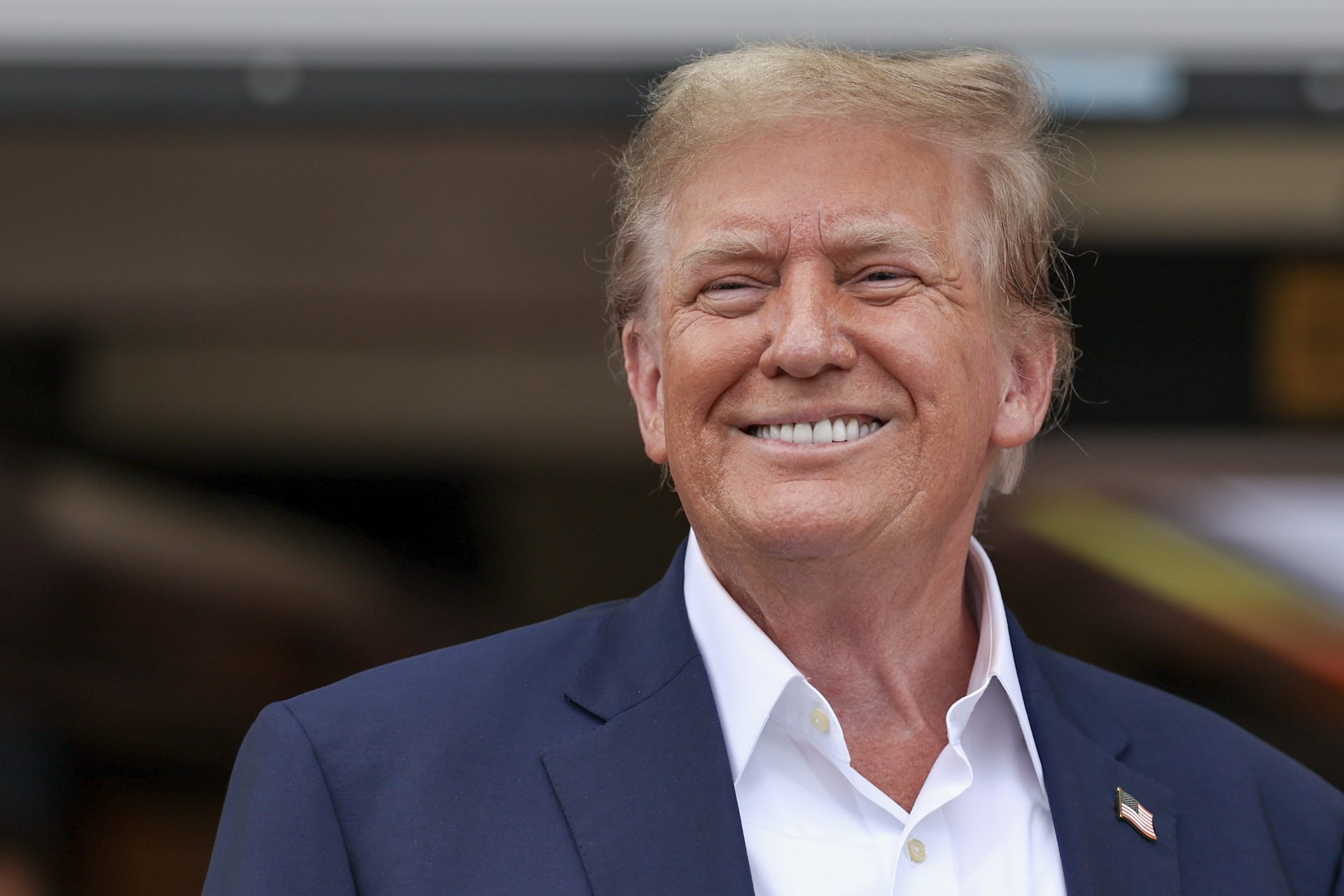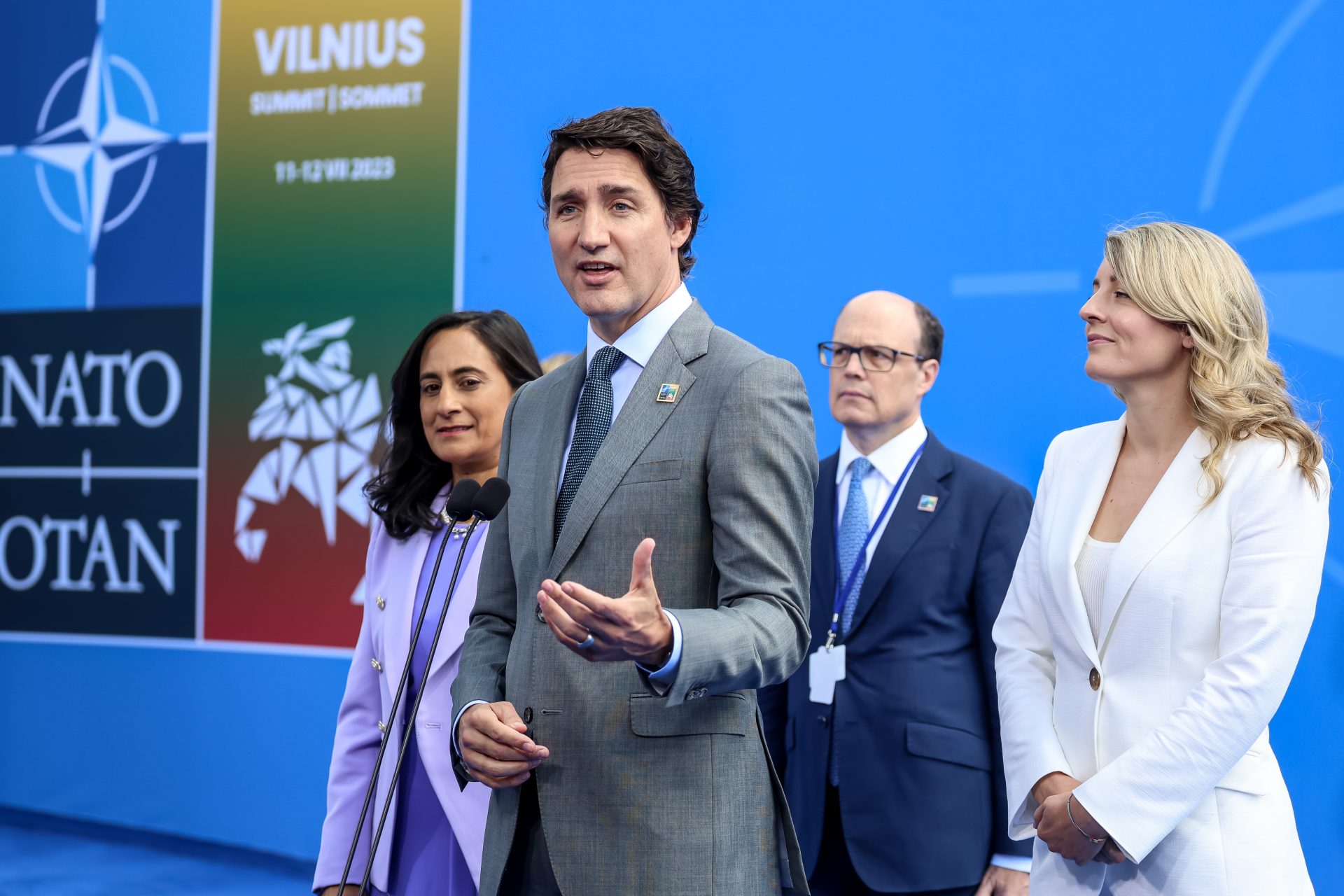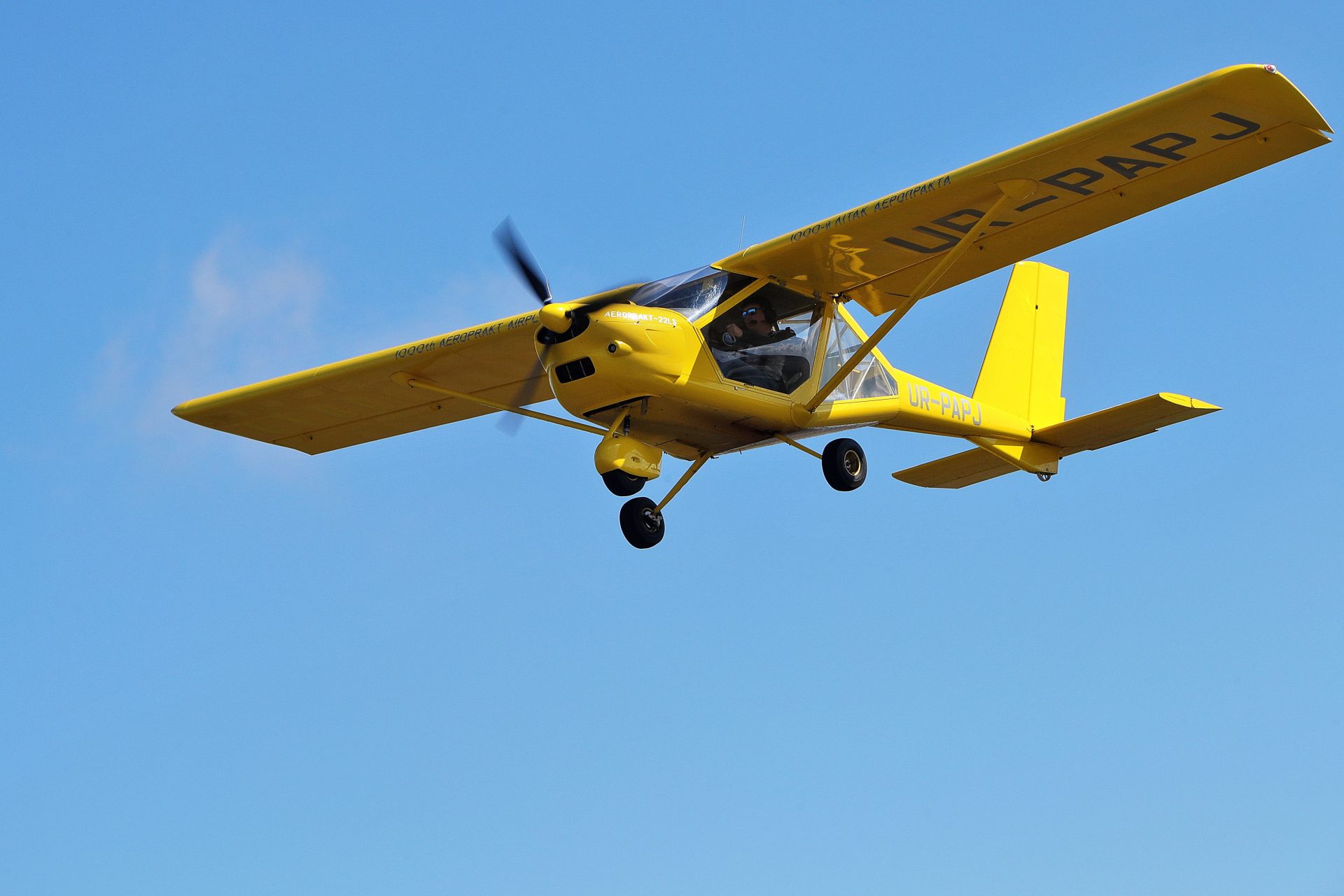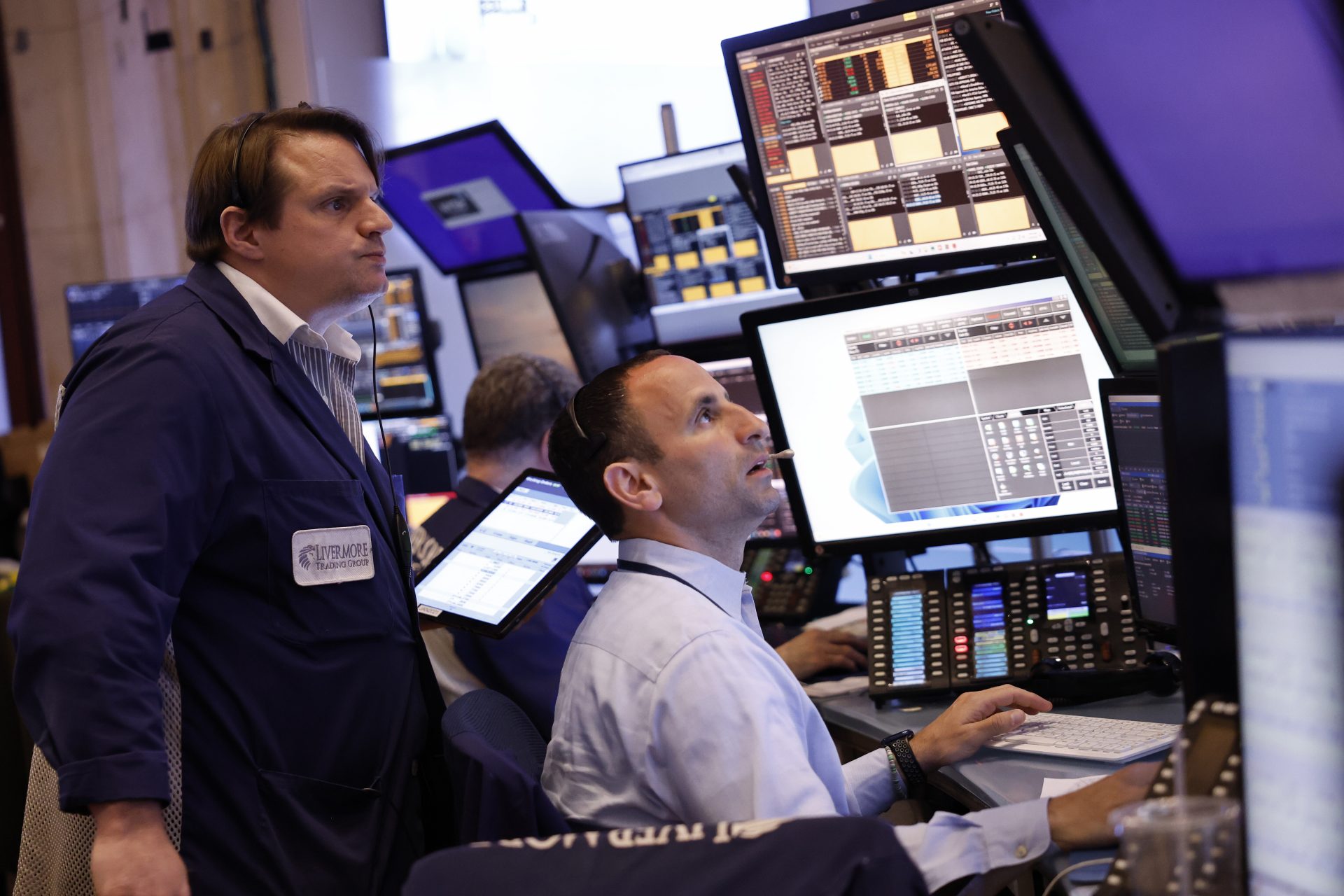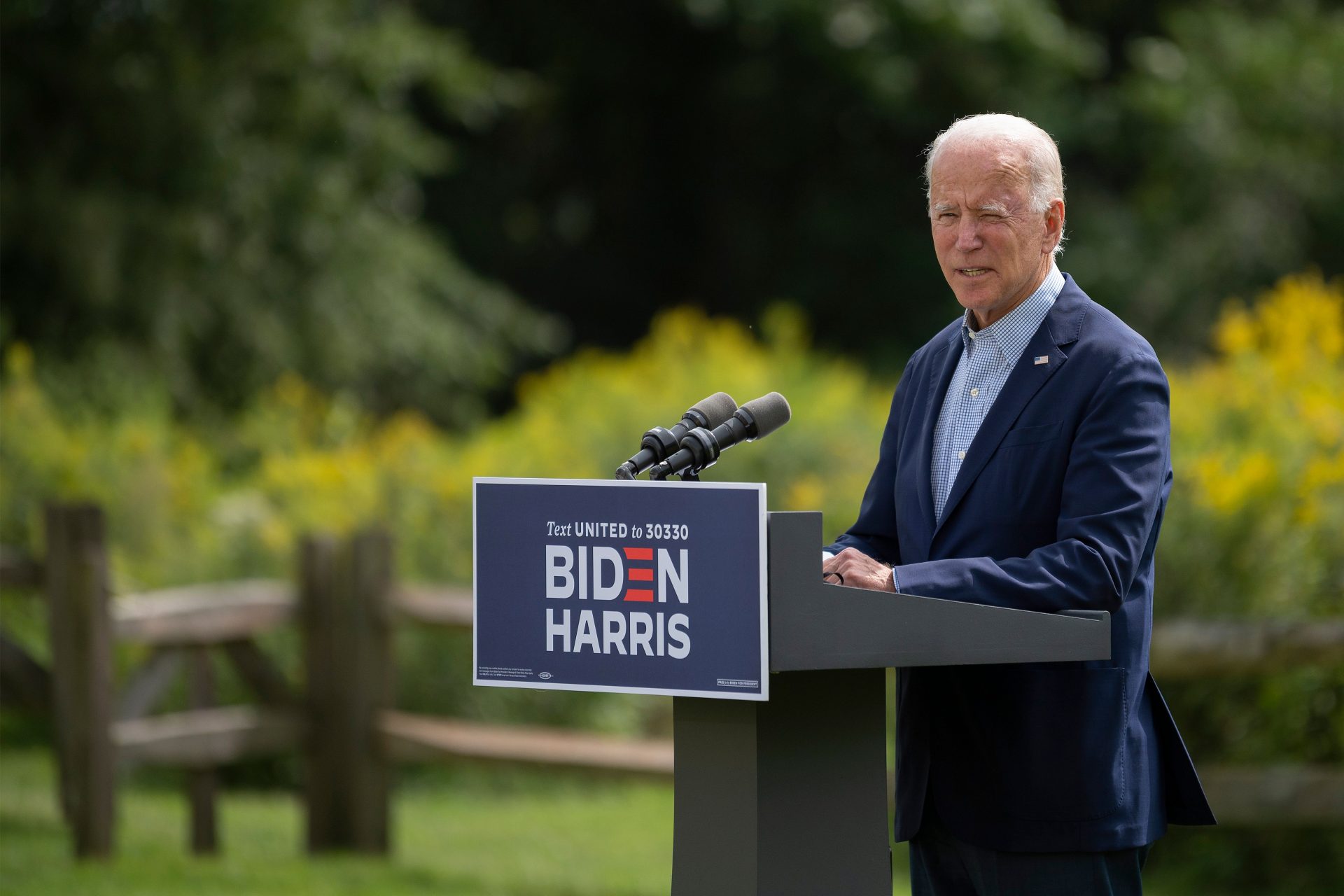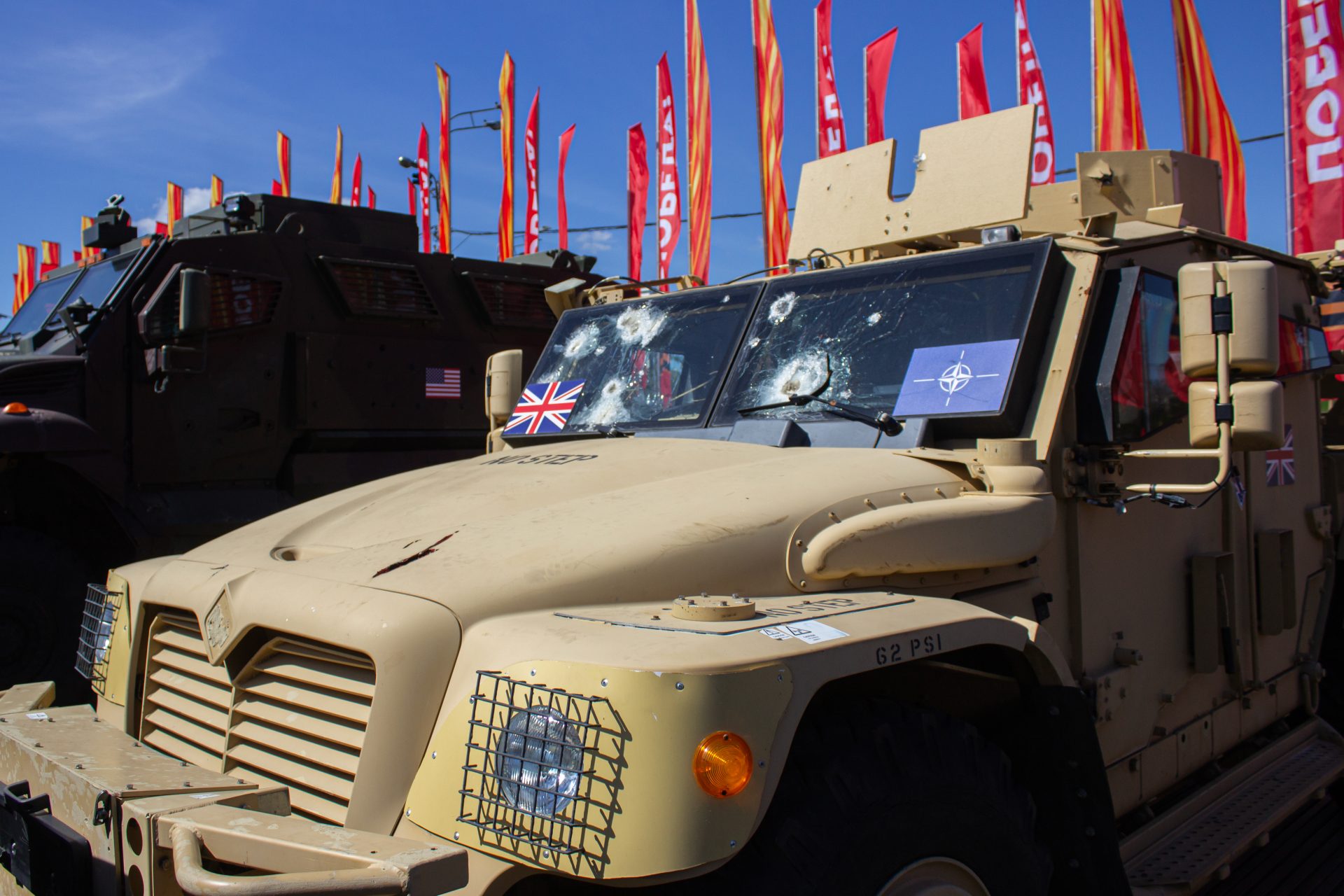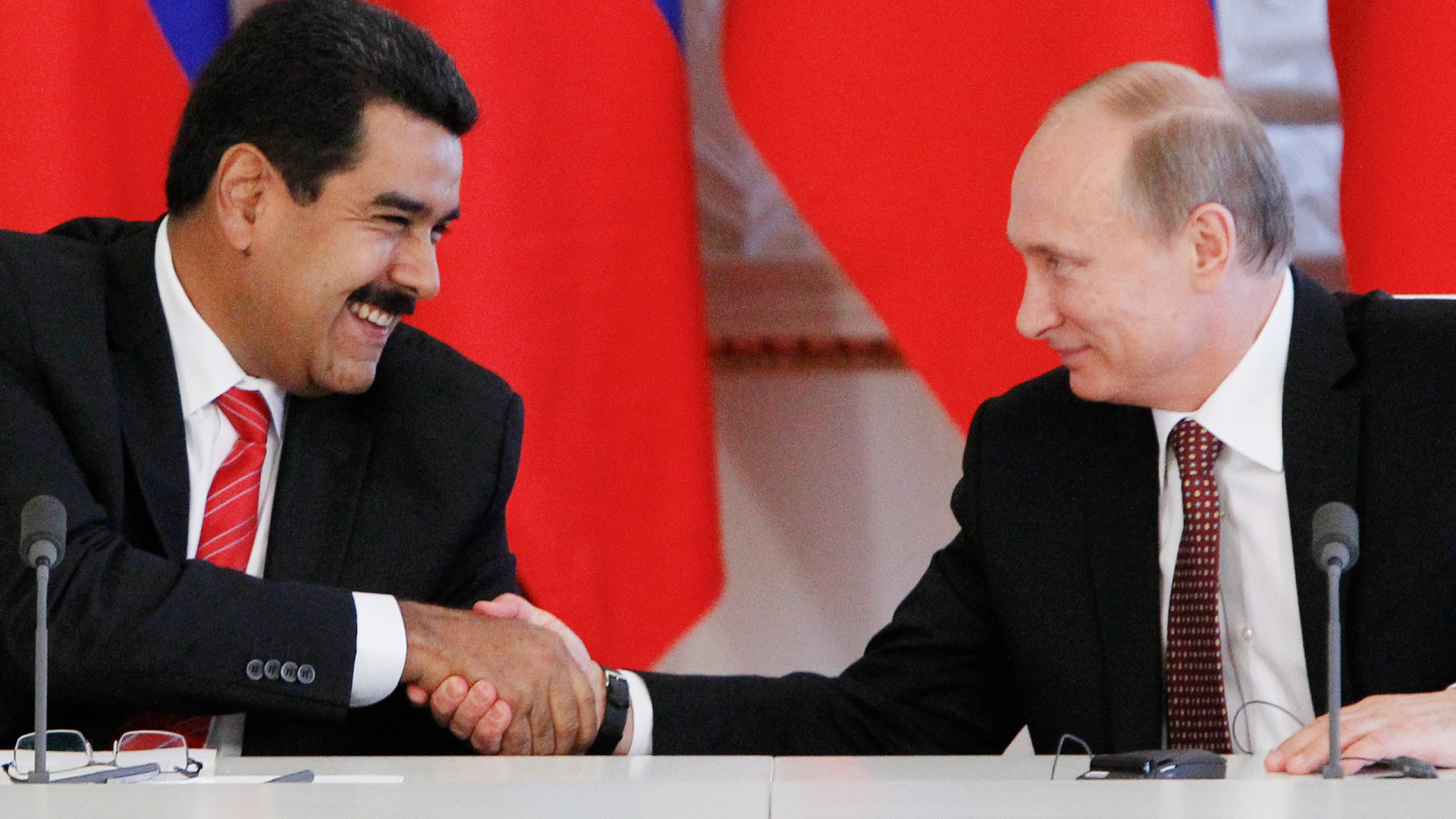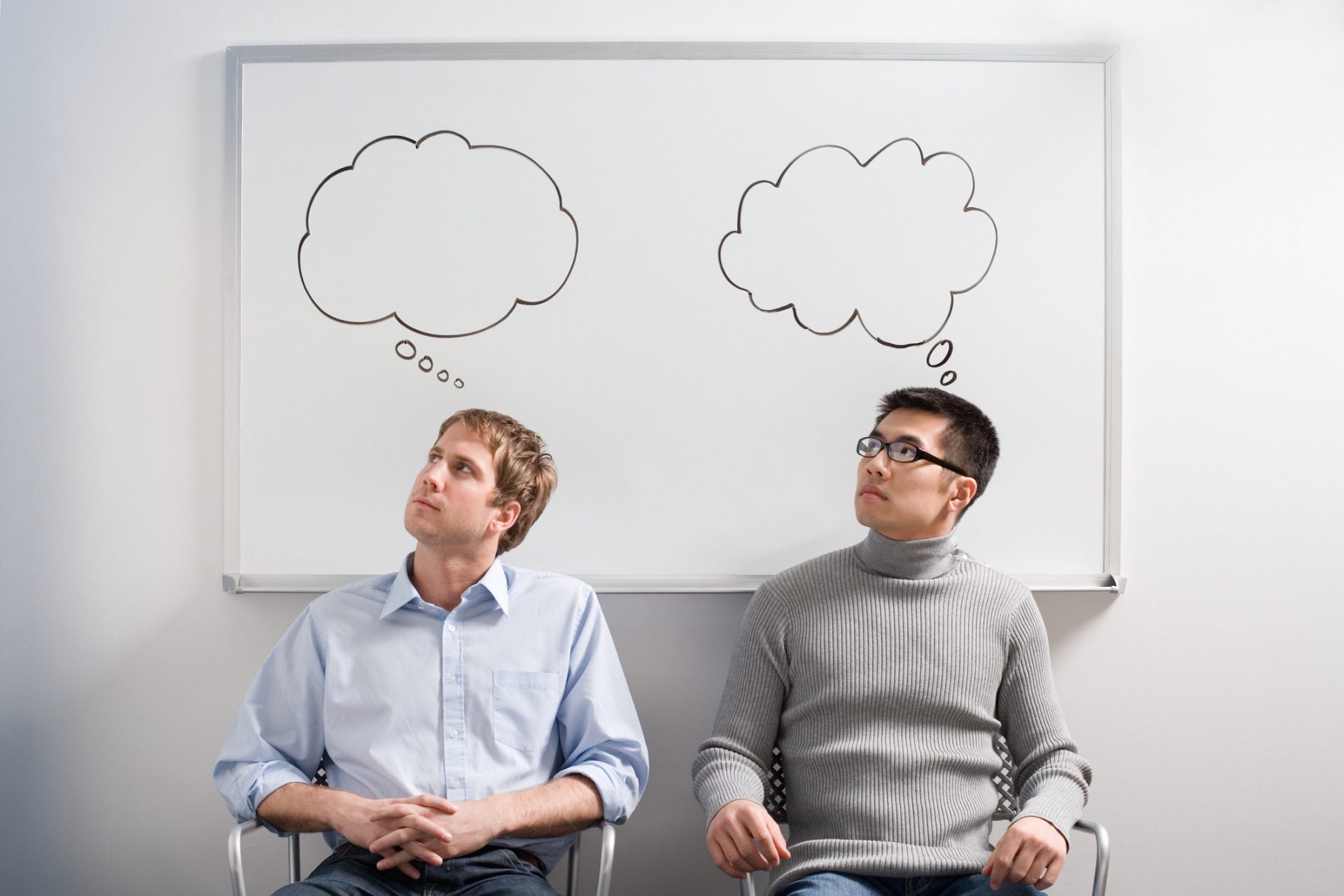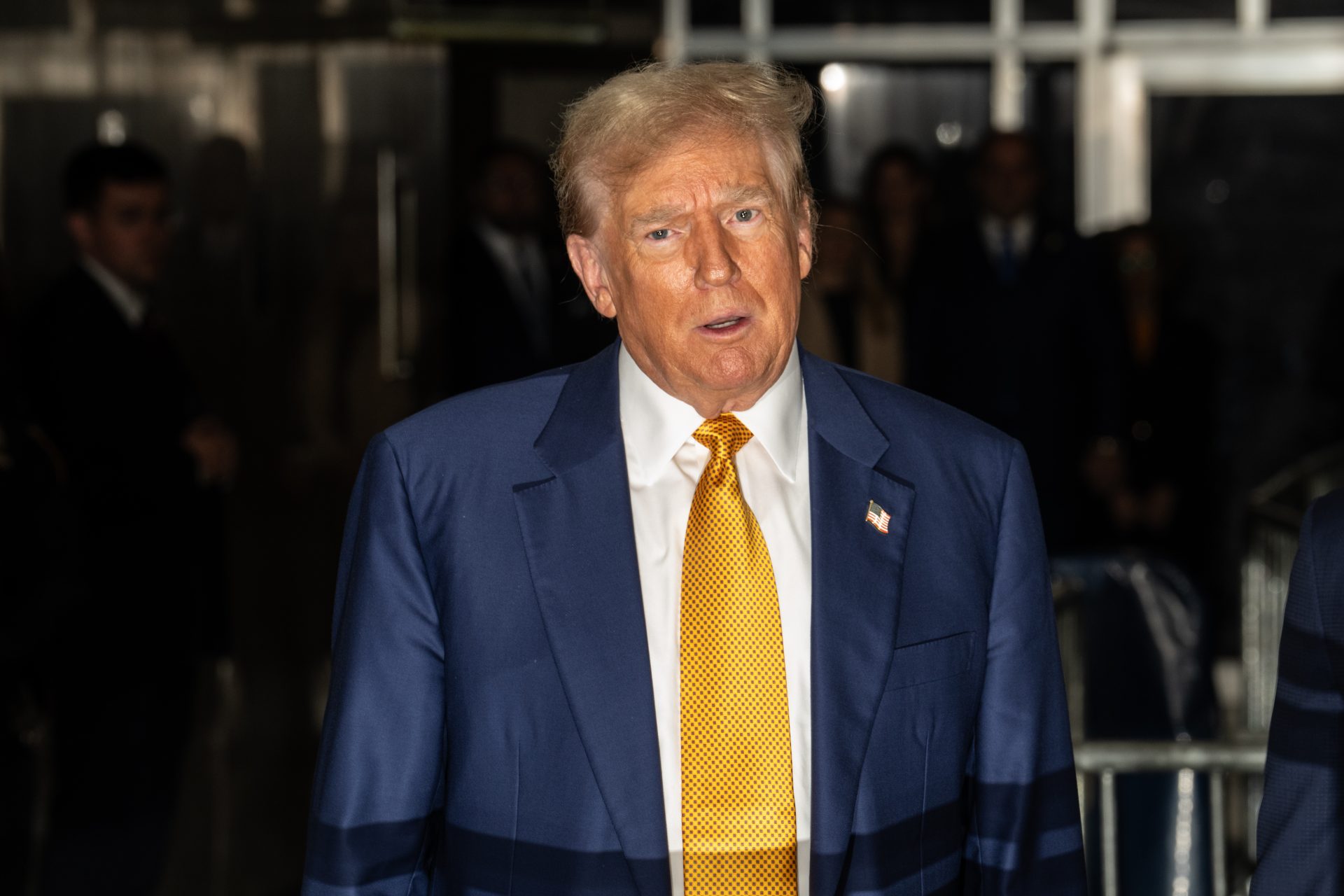Russia-Ukraine: basic facts to better understand the war
February 24, 2022 is a turning point in the history of Europe, said German Chancellor Olaf Scholz. It was the day when Russian troops invaded Ukraine. In this gallery we explain why this happened.
Many events preceded the war: milestones that caused the armed conflict to become an ever greater possibility. See the timeline in the following photos.
There are several key dates where we could begin this story. Let's look at 1991. The Soviet Union fell apart and Ukraine became an independent country. For many politicians and historians, this was a milestone in history. The Cold War was over, they said.
(Photo: Ukrainians tear down the caption from a Lenin statue after the country gains independence in August 1991)
We could go back much further in time. For example, to 1917 or 1922, when Ukraine gradually became part of the Soviet Union. Or to 1945, when Ukraine emerged from a devastating Nazi occupation (which killed a sixth of the population) and went on to become one of the most successful Soviet states in the 20th century. That is a period that Russian President Putin would like to see again.
23 years later. At a time of social unrest in Ukraine, in March 2014, the Russian Federation led by Vladimir Putin invades and annexes the Crimean peninsula.
That same year, the Luhansk and Donetsk regions, which form the easternmost part of Ukraine and have a large ethnic Russian population, declare their independence from Kyiv.
What follows in a domestic war, the Donbas War, which continues until 2022. Over time, hundreds of thousands of Ukraine citizens are drafted to fight in the Donbas war. This causes a significant part of the population to have combat experience.
Volodymyr Zelenskiy, a comedic actor who made a career switch to politics, is elected president in early 2019.
In mid-2020, Ukraine joins the NATO partner program. Becoming a member of NATO, the North Atlantic Treaty Organization, is a priority of Zelenskiy's policy. The partner program is not a full membership but an important step towards it.
NATO was founded in the Cold War as a counterweight to Soviet influence in Eastern Europe. After the fall of the Soviet Union, more and more Eastern European countries joined the western alliance, which made the Kremlin increasingly nervous. Putin now says he wants no more Eastern European countries to join NATO, because it makes the region less safe for Russia.
Meanwhile, the election of Joe Biden in November 2020 marks a change in the international policy of the United States, one of NATO's largest partners.
Biden's predecessor, Donald Trump, had always been very kind to Putin and offered little to no protection to Ukraine. That all changed after Biden's inauguration in January 2021.
In November 2021, Russian troops begin appearing at the border between Russia and Ukraine. The government in Kyiv says Moscow has mobilized more than 100,000 soldiers.
In December 2021, Vladimir Putin repeats his demand that NATO cease all military activities in Eastern Europe. He also wants NATO to stop admitting former Soviet countries.
NATO responds to Putin that they have an open door policy and that they cannot refuse membership to anyone meeting the requirements. Meanwhile, Biden makes phone calls to Zelenskiy and promises him that the US will react "resolutely" if Russia invades Ukraine.
As tensions rise, the US government evacuates the relatives of its embassy staff in Kyiv. It also sends 1,000 troops from Germany to Romania and an additional 2,000 to Poland, the NPR reports.
French President Emmanuel Macron and German Chancellor Olaf Scholz travel to Moscow and Kyiv to find a diplomatic solution to the crisis. That produces images like this: a huge table with Putin and Macron each at one end.
Russia and its ally Belarus begin joint military exercises in February, stationing 30,000 troops on Ukraine's northern border. It's another step closer to war. In addition, they start evacuating civilians out of the pro-Russian regions of Donetsk and Luhansk, into Russia. Another sign that they have military activities in mind for the area.
On February 21, Putin says out loud and officially what everyone already knew: he supports the separatists of Donetsk and Luhansk and even says that they are already independent People's Republics by now.
Putin's February 21 speech about the two 'new Republics' is an important sign that he wants a confrontation with the Ukraine government and NATO. Moreover, he sends Russian troops into the separatist regions. Putin says it's a 'peace mission' to guarantee the 'independence' of Donetsk and Luhansk.
Ukraine, seeing its eastern regions invaded by Russian troops and its government websites targeted by cyber attacks, declares a state of emergency on February 23. Travel is restricted except for people evacuating from dangerous areas, and there is a curfew.
The global community responds with indignation. The US and European countries threaten to cut Russia off financially and confiscate the fortunes of Russian oligarchs abroad. Germany threatens to cancel the Nord Stream 2 project, which connects Russia and Germany by means of a gas pipeline. This is a thorny issue, because Germany and many other countries depend on Russian gas.
On the international markets, a fear of war between Ukraine and Russia causes the oil prices to rise. Russia is an important provider of gas. In addition, the Russian currency, the ruble, takes a dive because traders lose confidence in the strength of the country's economy.
In the early morning of February 24, Vladimir Putin delivers a speech announcing the start of military operations in Ukraine. He refers to eastern Ukraine, but attacks are immediately reported across the country.
The city of Kharkiv in northeastern Ukraine, the second largest city and a major hub in the country's infrastructure, is bombarded from day 1 of the invasion.
In the days following the invasion, there are fights on the streets of Kharkiv and in some places in Kyiv. Analysts on the BBC and other media outlets express their surprise about the resilience of the Ukrainian population. They carry guns and guard the streets or make Molotov cocktails to fight the Russian invaders.
Ukrainian President Volodymyr Zelenskiy insists that he will not leave the capital. He asks the international community for help. For Putin, Zelenskiy is a thorn in his side. Analysts such as Ed Arnold of the BBC's Royal United Services Institute, say that Putin will not be satisfied until he occupies Kyiv. He wants to change the regime of Ukraine and install a leader who is more lenient towards Russia.
February 24, 2022 is a turning point in the history of Europe, because the Russian invasion of Ukraine makes European countries less reluctant to provide military aid to help a neighboring country. "For the first time ever," European Commission President Ursula von der Leyen says, "the EU will finance the purchase and delivery of weapons and other equipment to a country that is under attack."
Anti-war protests erupt in Russia, resulting in hundreds of arrests. In other parts of the world, too, masses of people are protesting against Russian aggression in Ukraine.
In the picture: Protesters in Saint Petersburg on February 24.
In a strong threat to the Western world, Putin announces that he has put the Russian Federation's nuclear weapons on "high alert". He is doing so, according to the Ukrainian government, to put pressure on the meeting between Kyiv and Moscow on the Belarusian border on February 28.
More for you
Top Stories

































